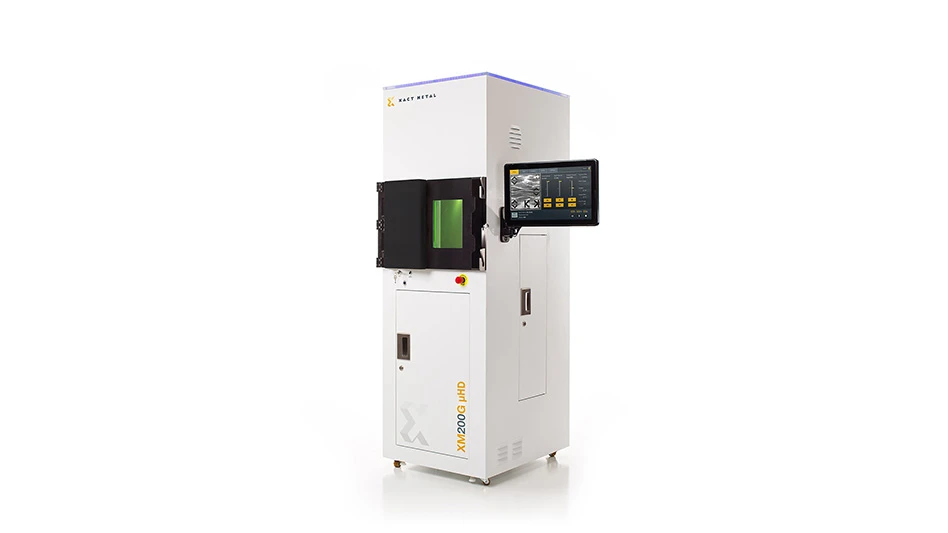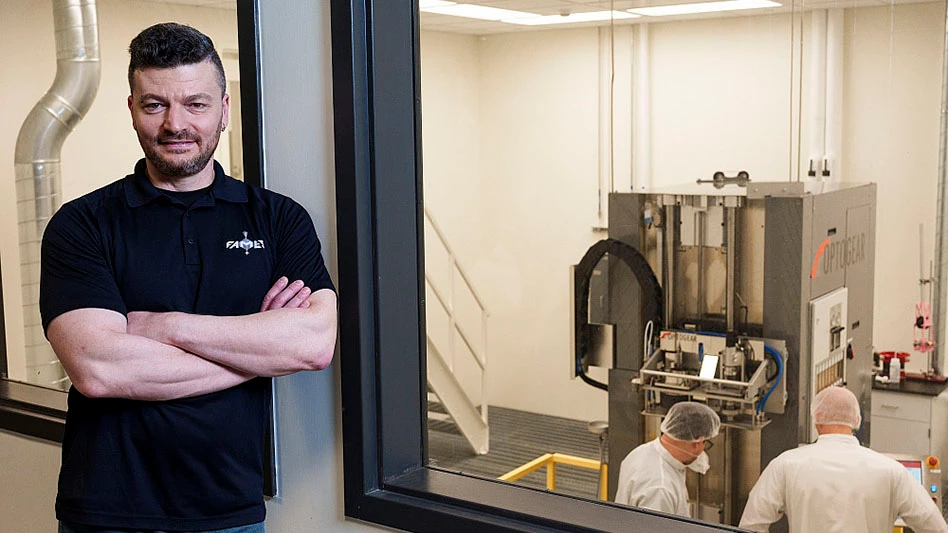W. L. Gore & Associates (Gore) officials announce that the U.S. Food and Drug Administration (FDA) has approved the 25cm Gore Viabahn Endoprosthesis with Heparin Bioactive Surface for the treatment of symptomatic peripheral arterial disease lesions in the Superficial Femoral Artery (SFA). The new 25cm endoprosthesis is the longest length stent-graft available, and is designed to cover long-segment lesions in the SFA, potentially reducing the need for multiple devices.
The FDA approval of the 25cm device was supported by evidence from a multicenter European trial. Patients enrolled in the study had lesion lengths ranging from 20cm to 40cm, with a mean length of 26.5cm. Of all patients enrolled, 92.9% had total occlusions of the SFA. One-year data demonstrated a freedom from target lesion revascularization of 78.2%. In addition, the Gore Viabahn Device exhibited no fractures at 12 months.
The 25cm study results supplement data from a physician-sponsored investigational device exemption (IDE) trial conducted previously. “We have been awaiting the approval of the 25cm [Gore Viabahn Device] since our study directly comparing the [Gore Viabahn] Stent-graft as an endoluminal bypass in the SFA to open femoral popliteal bypass of the SFA was completed,” says Dennis Gable, MD, vascular surgeon at The Heart Hospital Baylor Plano in Plano, Texas. “Our results demonstrated no difference in primary patency or limb salvage out to four years when comparing the two treatment modalities – even with a mean stented length of 25.6cm in the [Gore Viabahn Device] arm. Our study results are supported by the similar outcomes of the European data and show that treatment of truly long lesions can now successfully be accomplished with only one stent device with excellent results; a true advance for patients in the treatment of SFA disease.”
The unique stent-graft design of the Gore Viabahn Endoprosthesis with Heparin Bioactive Surface consists of a durable, reinforced, biocompatible, ePTFE liner attached to an external nitinol stent structure that acts as a barrier to in-stent restenosis. The device is available in configurations that are compatible with 0.035" or 0.018"/0.014" wire platforms. The device also incorporates the Heparin Bioactive Surface, which utilizes a proprietary end-point covalent immobilization of heparin to the surface of the endoprosthesis. This proprietary surface technology is intended to provide a thromboresistant surface through sustained heparin bioactivity.
“The Gore Viabahn Endoprosthesis is the only device of its kind approved for both the SFA and iliac artery. The availability of the longer length 25 cm device aligns well with the findings of multiple studies utilizing the endoprosthesis, particularly the VIASTAR randomized trial,” states Ben Beckstead, Gore peripheral interventional business leader.
In the recently published VIASTAR Trial, the performance of the Gore Viabahn Device in long-segment SFA disease was compared to that of bare metal stents in a randomized head-to-head fashion. The mean lesion length was 19cm in the Gore Viabahn Device arm and 17.3cm in the bare metal stent arm, with 79% and 70% chronic total occlusions in each arm, respectively. The primary patency rate at one year was 78% for the Gore Viabahn Device and 54% for bare metal stents. In lesions that were at least 20cm in length, the patency rate was 73% in the Gore Viabahn Device arm and 33% in the bare metal stent arm.
Source: W. L. Gore & Associates
Latest from Today's Medical Developments
- GrindingHub Americas launches in 2027 in Cincinnati, Ohio
- Methods Machine Tools now offers the Nakamura-Tome NT-Flex
- Battelle awards $900,000 in STEM education grants to Ohio schools
- #55 Lunch + Learn Podcast with KINEXON
- Starrett and Gerstner offer limited edition, American made 1950s replica wooden machinist tool chests
- EMCO’s UNIVERSALTURN 50: The new benchmark in universal turning
- Archetype's Expertise for Equity accelerates early-stage innovation
- Stratasys expands its AM solutions with Tritone's cutting-edge technology





